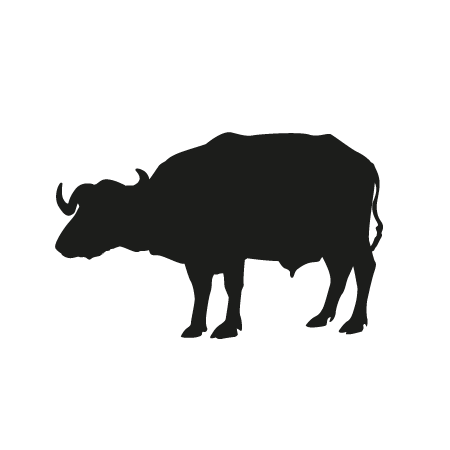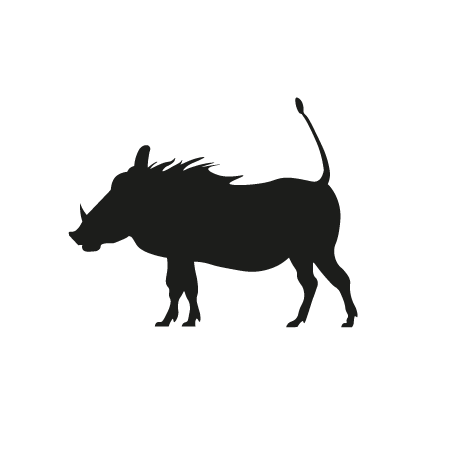This area, once lush forest, is now extensively cultivated by the local people, particularly the Chaga, who are the third largest ethnic group in Tanzania. Typical coffee and banana plantations can be observed. Despite the increasing indigenous vegetation patterns that continue to exploit the land, a few hundred elephants and a few black buffalo and leopard still survive.
Dominated by a dense vegetation of tall trees, whose luxuriant foliage completely covers the paths, forming impressive gallery forests, it is certainly the ideal habitat for a wide variety of local fauna. Among the mammals, several species of antelope (alcine antelope, Abbot antelope...) and primates (baboon, guenon, bear colobus...) stand out.
Heathland area (2,700 to 4,000 metres)
In this area, characterised by a colder and drier climate, we first find a wide expanse of heather, which, as we climb higher, gives way to tall grasses, endemic plants, wild flowers and giant lobelias. The skies of this area are often flown over by bearded vultures and crowned eagles.
High altitude desert area (4,000 to 5,000 metres)
Peculiar 'alpine desert' with extreme temperature variations and sparse vegetation of mosses and lichens.
Glacier area (5,000 to 5,895 metres)
Also called the Arctic zone, this is the summit part of Kilimanjaro, characterised by perennial ice.






















